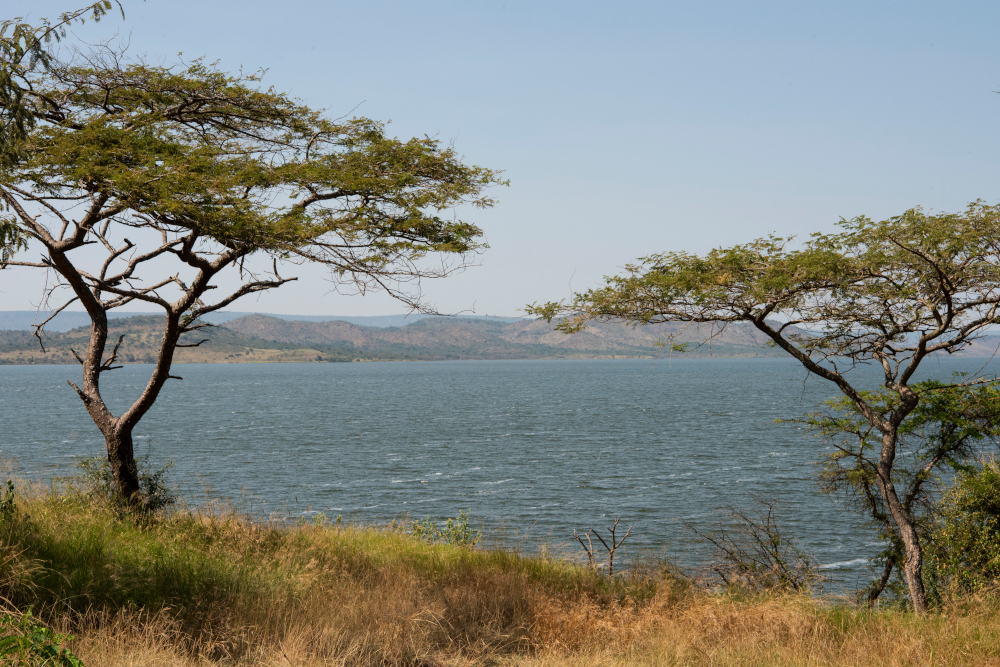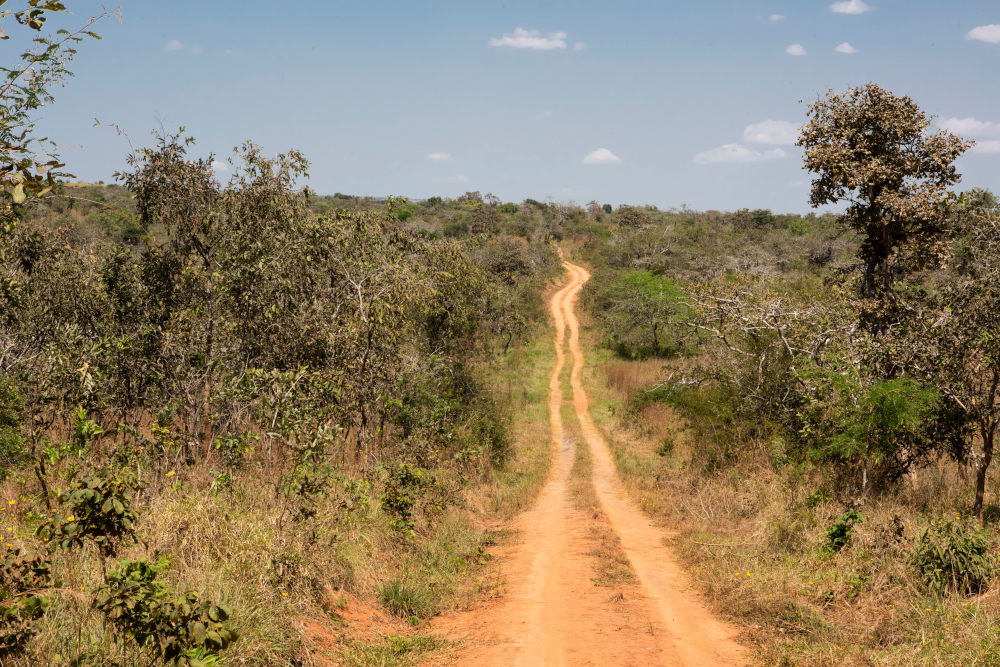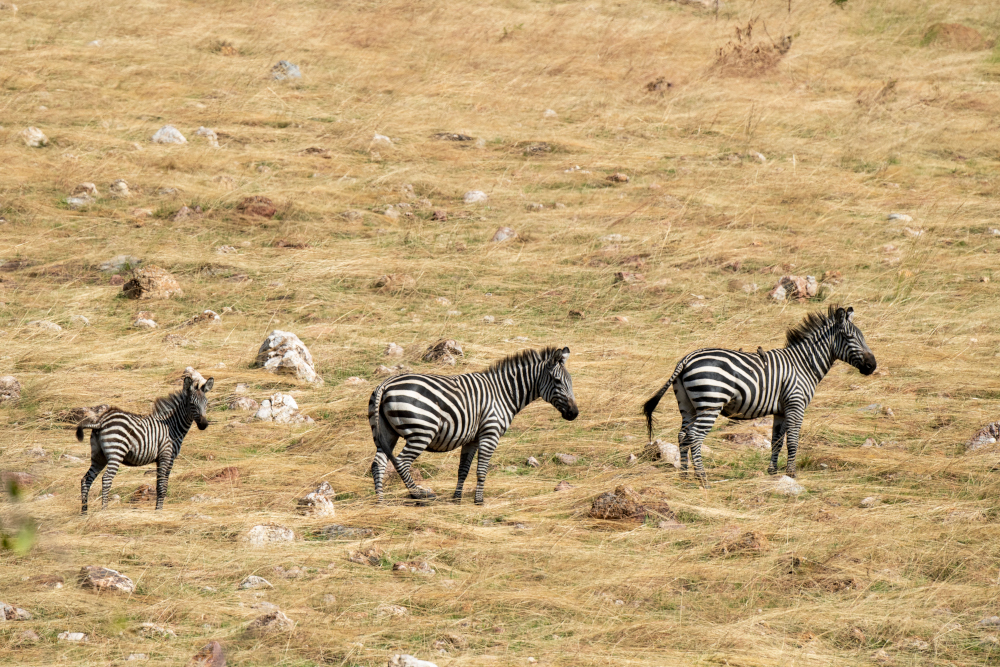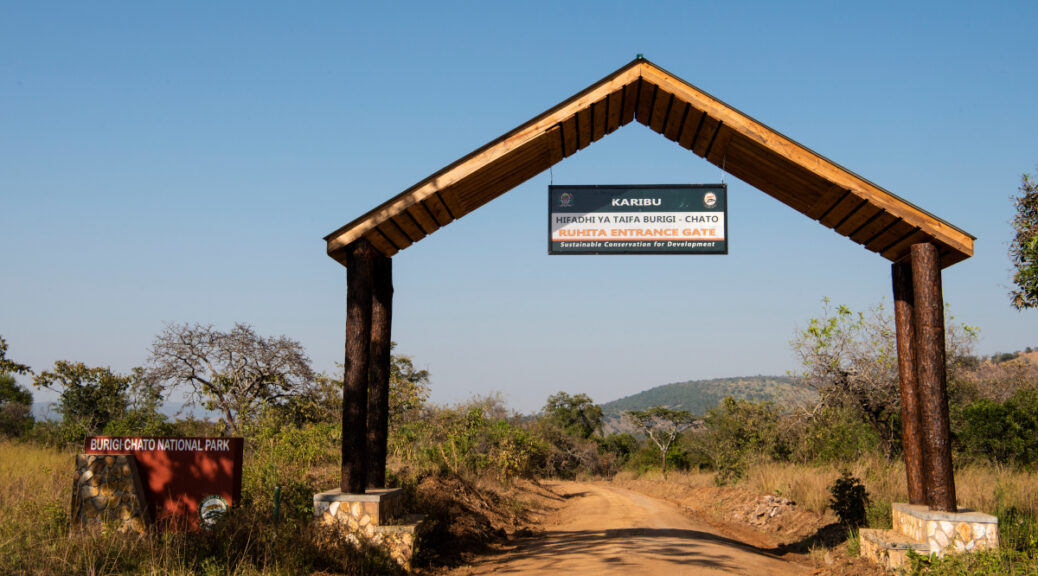Few people have heard of Burigi-Chato National Park in Tanzania. Which isn’t too surprising when you consider that this vast park only came into being in June 2019. By Philip Briggs
Tanzania’s fifth-largest national park at 4,707km2, Burigi-Chato is an amalgamation of what were formerly the contiguous Biharamulo, Burigi and Kimisi game reserves. It lies in Kagera, a northwesterly administrative region bounded by Lake Victoria to the east, Uganda to the north and Rwanda to the west.
Burigi-Chato is the biggest and most accessible of a trio of national parks gazetted in Kagera in 2019 under President John Magufuli. He hailed from the region and earmarked it for development as the core of a new safari circuit. Unfortunately, this project was stalled by the Covid-19 pandemic and Magufuli’s death in March 2021. Since then, some progress has been made. So we decided Burigi-Chato was worth a look-see when we drove through Kagera in June 2022.
Before visiting Burigi-Chato, we stayed overnight in Kayanga, a small but well-equipped town with several banks, filling stations and guesthouses. Kayanga is located on the B182 about 100km west of the Lake Victoria port of Bukoba and 80km south of the Mutukula border with Uganda. The next morning we set off early, following the well-maintained B182 south for 30km to Nyaishozi. Here we branched southeast onto a much rougher road running south towards the national park’s northernmost Ruhita Gate. This road is only about 20km long but took us about one hour to cover. It involves a very rough descent down a rock escarpment; high clearance essential and 4×4 advisable.
A lovely lakeside setting
Once in the park, we followed an unsurfaced but very smooth road southeast for 45 minutes to Nkonje, the site of a rangers’ post and airstrip. Nkonje has an attractive location on the shore of serpentine Lake Burigi, which measures around 50km from north to south. It reputedly ranks as the third-largest lake contained entirely within Tanzania (after Eyasi and Manyara in the Rift Valley). The lake is the main focal point of tourist development in Burigi-Chato. When we visited, bandas were under construction at Nkonje, as was an isolated lakeshore tented camp about 10km further south. There are also plans to expand the limited road network around the lake and to introduce boating activities to see hippos. A special tourist sanctuary will host black rhinos to be translocated from Mkomazi National Park.

Based on our limited exploration of Burigi-Chato, the lakeshore around Nkonje offers the best game viewing. We saw plenty of impala and zebra here, along with defassa waterbuck, warthog, olive baboon and vervet monkey. Other more elusive wildlife present includes elephant, buffalo, hippo, giraffe, eland, roan antelope, sable antelope, topi, oribi, bushbuck and sitatunga. Predators include lion (which were reintroduced after the park was gazetted), leopard and spotted hyena.
Animals seem to be quite skittish, partly because the area was used for commercial hunting and heavily poached prior to 2020. Due to the low volume of tourist traffic, they are also not habituated. Little information is available about the birdlife, but the park checklist is thought to top 400 species. Among the highlights are Ross’s turaco and the localised red-faced barbet and Ruaha chat.
A vast and varied environment
After a couple of hours exploring around Nkonje, we drove south to Nyungwe Gate. We followed another very well-maintained dirt road that cuts through the heart of the national park for roughly 80km. There wasn’t much wildlife around, which is maybe not so surprising in the midday heat. But it was along this road that we started to get a feel for the scale of the wilderness protected in Burigi-Chato. For two hours we cruised at a relaxed pace, without seeing another vehicle. The route led through a succession of wooded slopes swathed in pristine rolling grassland and acacia woodland – an absolutely lovely drive!

Looking at map and satellite images after we left Burigi-Chato, I was even more impressed at the potential of this vast and ecologically varied national park. To put it in a South African perspective, we are talking about an area roughly five times as large as Hluhluwe-iMfolozi. It runs from the shore of Lake Victoria all the way west to the Kagera River on the border with Rwanda.
Ecologically, much of the park comprises grassland acacia savannah and Brachystegia woodland set an altitudes of around 1,100m. However, it is also bisected by a tall north–south escarpment incised with steep riverine gorges. In the far west, extensive western wetlands associated with the Kagera effectively form a southern extension of Rwanda’s Akagera National Park. This area incorporates several large lakes and vast papyrus swamps whose rich birdlife reputedly include the charismatic shoebill.
The verdict
Approached with realistic expectations, the route through Burigi-Chato is a straightforward and worthwhile diversion for driving between Uganda and Tanzania. For the moment, the biggest attraction is probably the wild scenery and remote feel. But there is a fair amount of wildlife around and Lake Burigi looks to be a lovely spot for an overnight stop. We can only imagine how it might be in a few years’ time, should wildlife volumes increase to be comparable with Tanzania’s other major national parks.

Park fees
An 18% VAT charge is levied on all fees. The entrance fee for foreign tourists is US$30pp + VAT per 24 hours; for expatriate residents, US$15pp + VAT.
There is a vehicle fee of US$40 + VAT for foreign-registered vehicles. For vehicles registered in Tanzania or elsewhere in East Africa, Tsh20,000 + VAT (equivalent to around US$8.50).
When we visited, fees had to be paid at the park headquarters in the town of Biharamulo, but this can now be done at any of the entrance gates.
Where to stay
The bandas at Nkonje Rangers Post and the 5-unit Nkonje Tented Camp are scheduled to open in July 2023. Until such time as they do, it is permitted to camp at Nkonje Rangers Post. This has a clean ablution block and a shaded picnic area.
Camping costs US$30pp + VAT. The bandas and tented camp rates are likely to be in line with the charges in other national parks: US$30-50pp + VAT charged in other national parks. Call +255 28 2983024 or WhatsApp +255 (0)788 010040 for up to date information.
If you’re looking for a room in Kayanga, we can recommend the GSS Hotel, which charges US$25 for an adequate en-suite double room with hot showers. It also has safe parking and a good garden restaurant.

